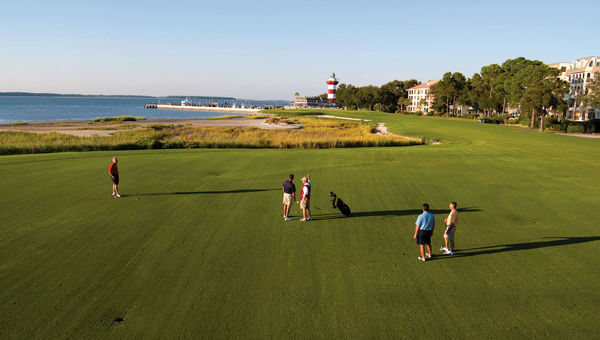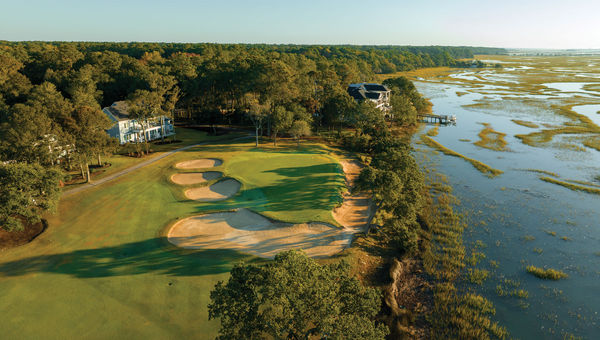The destination golf market is experiencing a significant resurgence as summer approaches, continuing the upswing seen since the pandemic. However, a notable concern has emerged: a decline in inbound bookings from golfers traveling to the U.S. This trend has been highlighted by tour operators across the industry.
According to the [National Golf Foundation](https://www.ngf.org), approximately 12.1 million adults in the U.S. engaged in golf during an overnight vacation in 2024, slightly down from 12.2 million in 2023, yet still about 20% above pre-COVID averages. This year’s surveys indicate that 41% of avid golfers—those playing at least eight rounds annually—plan to go on overnight golf trips, a minor dip from last year’s 43%.
“Overall, the golf travel economy appears robust and continues to thrive,” stated CEO Greg Nathan. The demand for iconic U.S. golf destinations, such as Pebble Beach in California and Bandon Dunes in Oregon—which recently introduced its new course, [Shorty’s](https://bandondunesgolf.com/golf/golf-courses/shortys)—is particularly strong. “Trophy courses are typically booked a year in advance,” added Nathan.
While about 10% of the nearly 14,000 golf courses in the U.S. are affiliated with resorts, a notable shift has occurred. Over the past five years, 31% of new course openings have been resort-related, and when including destination courses without resort affiliations, the figure rises to around 40%. Nathan elaborated that this trend is likely to continue due to high construction costs in metropolitan areas. Many new courses are being established in locations better suited for destination markets.

**Growth in Destination Properties**
The expansion of destination golf properties remains strong. [KemperSports](https://www.kempersports.com), which operates over 180 courses in the U.S., has identified more than 25 of its properties as destination entities. Recent additions include the highly-anticipated Streamsong in Florida and Sand Valley in Wisconsin. Moreover, KemperSports has been expanding its midmarket destination offerings, such as Tidewater, located in Myrtle Beach, which is expected to have a record year in 2025.
CEO Steve Skinner noted that the pandemic drove consumers’ desires for unique experiences, significantly impacting the golf sector. “We’re not seeing any slowdown in demand due to economic concerns; in fact, Tidewater is poised for a banner year.”

**Strength with Areas of Weakness**
Golf tour operators report growth in both domestic vacations and international golf bookings. Daniel Grave, CEO of [Golfbreaks](https://www.golfbreaks.com/en-us), highlighted a 27% increase in its U.S. division over the last fiscal year and predicts another 25% growth for the current year. However, a concern looms over inbound tourism, particularly from Canada, where Grave anticipates a 50% downturn this year.
Grave attributed this drop to ongoing political sentiments, noting, “The Trump effect is negatively impacting travel into the U.S., including golf tourism.” Similarly, Joe Cerino, owner of [Sophisticated Golfer](https://sophisticatedgolfer.com), expressed that discussions at the recent International Association of Golf Tour Operators convention revealed significant trepidation among European operators regarding the U.S. as a golf destination.
While KemperSports properties remain unaffected thus far, Skinner acknowledged that anecdotal evidence suggests a slowdown in Canadian bookings. “Time will tell,” he remarked, “as we may see that impact later in the year.”



